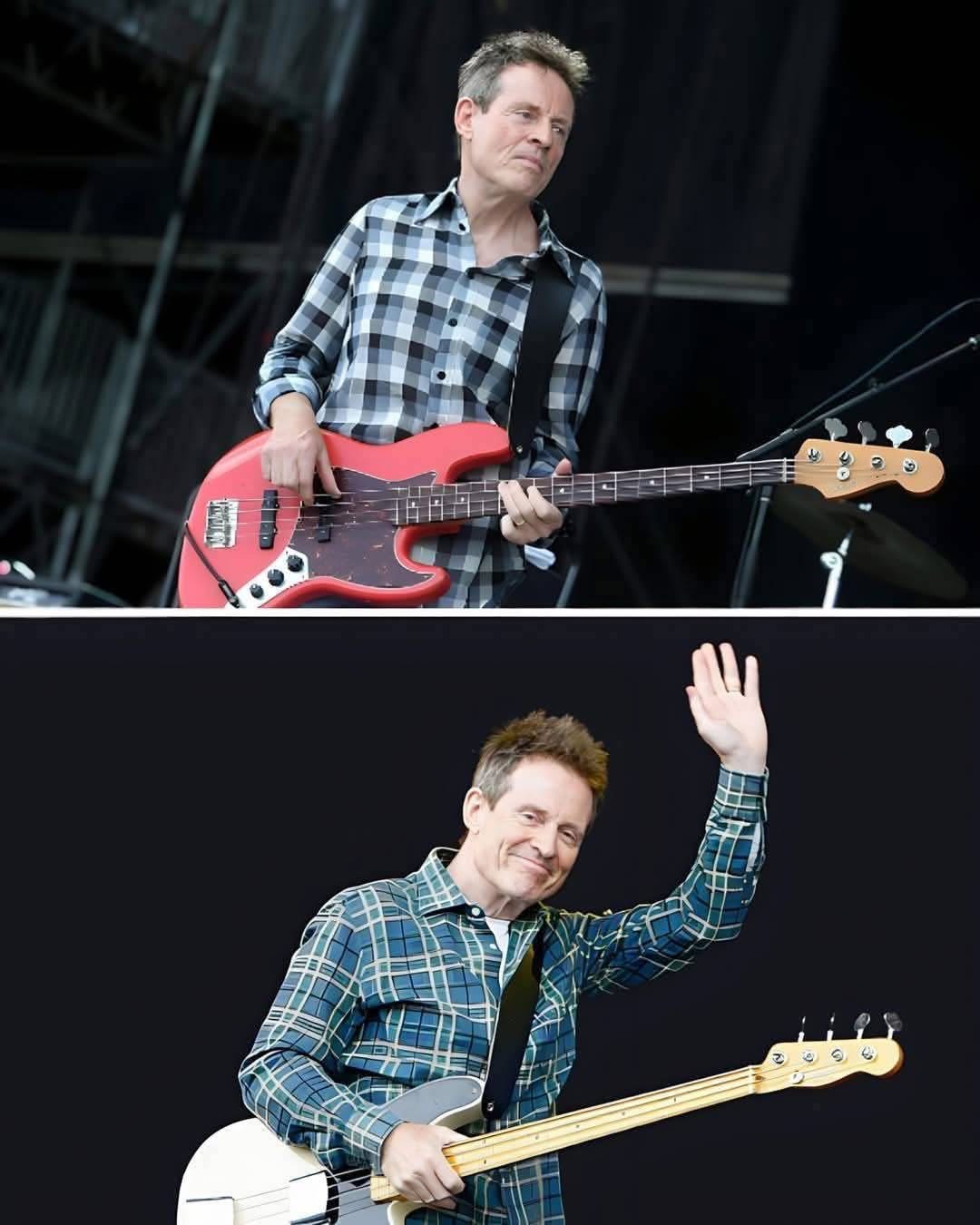John Paul Jones was the often-overlooked secret weapon of Led Zeppelin. While Robert Plant’s powerful vocals and Jimmy Page’s blazing guitar work grabbed most of the attention, Jones was the multi-instrumental glue that held the band’s sound together. As bassist and keyboardist, he was the band’s Swiss army knife, always ready to add depth, texture, and surprising layers. His touch is unmistakable, whether it’s the hypnotic bass groove in “Dazed and Confused” or the haunting keyboard atmospheres on “No Quarter.”
Before joining Led Zeppelin, Jones had already made a name for himself as a respected session musician and arranger. He worked with a wide array of artists such as The Rolling Stones, Donovan, and Dusty Springfield. This rich background gave him a vast musical vocabulary and versatility, which he skillfully brought to Zeppelin’s ambitious and genre-defying compositions. His input helped transform the band’s music from straightforward heavy rock into something much more symphonic and timeless.
Unlike his louder, more flamboyant bandmates, Jones preferred to stay out of the spotlight, letting his playing speak for itself. Yet, when he did step forward, it was unforgettable—whether through the majestic church organ swells, the delicate mandolin on “Going to California,” or the funky bass lines that added a different groove to their sound. After Led Zeppelin disbanded, Jones continued to explore music broadly, collaborating across genres and even composing film scores.
Though John Paul Jones may not always be the first name that comes to mind when discussing Led Zeppelin, he arguably deserves equal credit. He was the architectural mind behind the band’s iconic sound, the quiet genius whose contributions were vital. Without him, Led Zeppelin might never have soared — they might never have even taken off.










